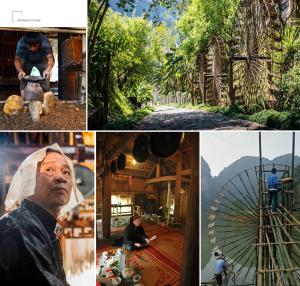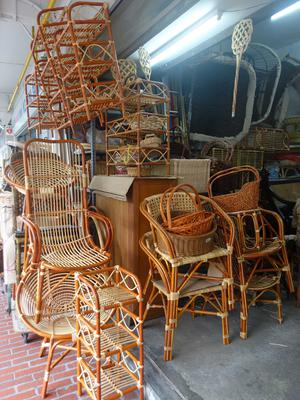Andalusia of Spain is a hotbed for multicultural assets as it borders the Iberian Peninsula. Cross cultural interchanges between the native Andalusians, Romani, Castilians, Moors, and Sephardi Jews have made this region rich in unique art. Flamenco is one of them. This complex set of motions able to express joy, fear, triumph, and sadness is quite an unique set of motions. The performers differ in style and techniques depending on the sex; as males use more of their steps aggressively and profoundly in motion, as females use much more sensual movements often suggesting their vulnerability with more grace in their movements. Toque or the art of guitar playing is the choice of music accompanying the Flamenco, as well as the castanets along with hand clapping and foot stamping. Flamenco has become a staple in community fairs, religious festivals, as well as in private groups in a more casual setting. Flamenco is inscribed to the 2010 list of representing Intangible Cultural Heritage. The transmission process is very much alive as this artform has a wider audience and academies around the globe, long surpassing the Flamenco schools and clubs of Spain.
08-05-2019

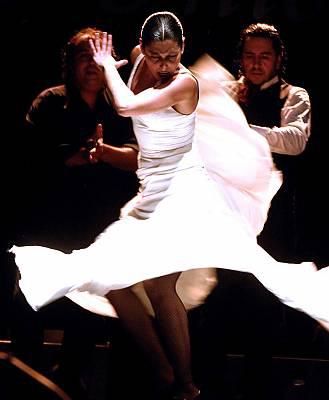
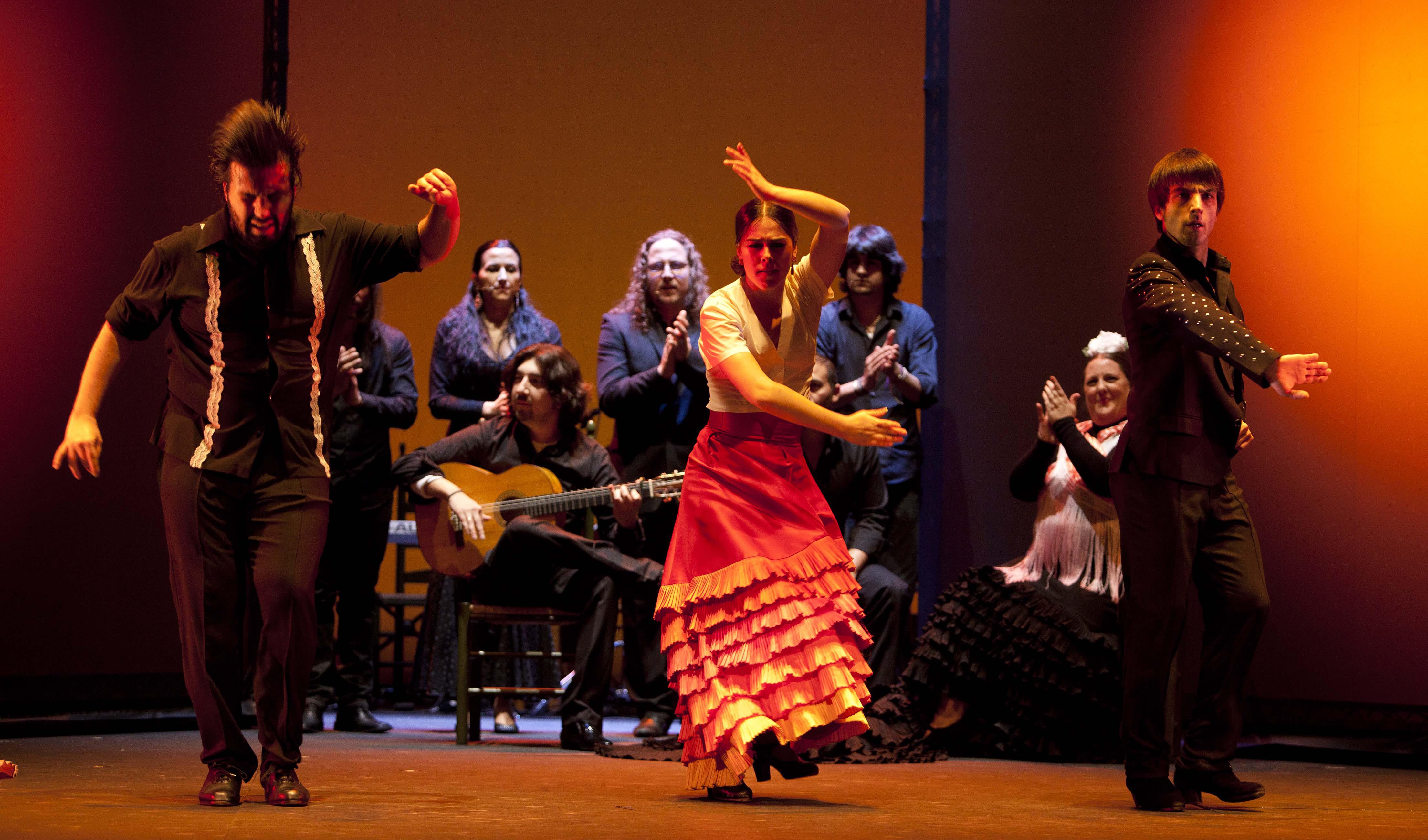
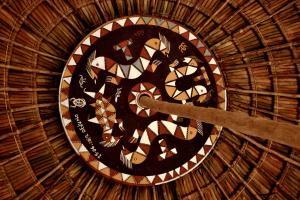
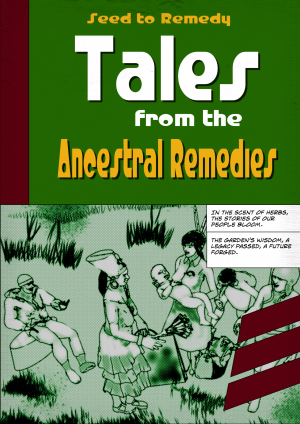
.jpeg)
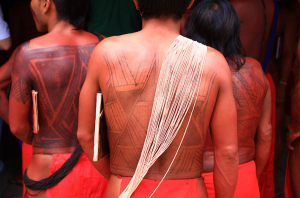
.jpg)
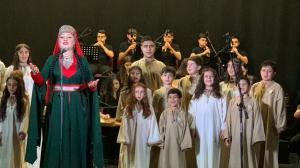
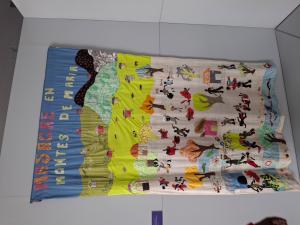
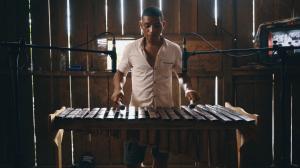
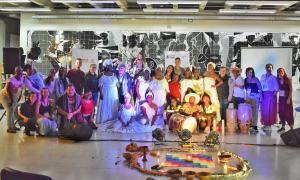
.png)
.jpg)















_(31711258567).jpg)

















